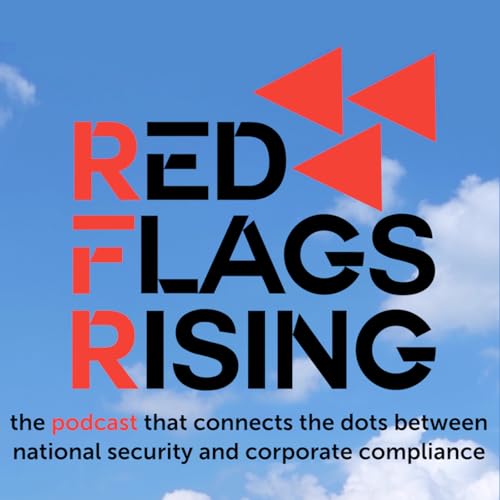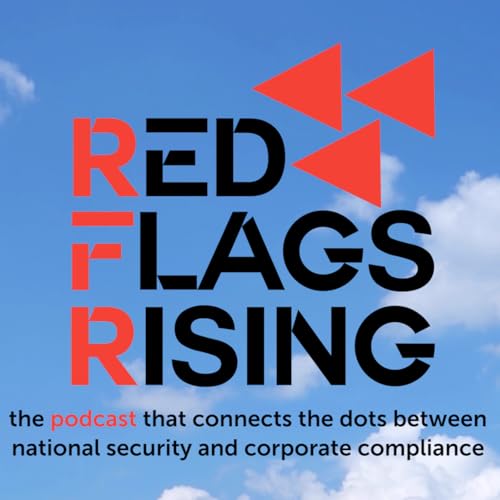Mike and Brent return with their take on a hotter-than-hot topic, the Bureau of Industry & Security’s new “50% Rule,” effective yesterday, September 29, 2025. Mike and Brent discuss the news of the rule’s announcement and the basics of what it does (00:46); the fact that the rule was effective immediately upon filing for public review, i.e., on September 29, 2025 (02:24); the fact that 50% is not some threshold under which risk goes away (06:19); how commentary suggesting that a “loophole” has been closed is not entirely accurate because such a loophole never existed in the first place (08:12); the requirements (including a description of due diligence performed) under a new, unique license application process (09:45); what enforcement risks are likely to arise in the government’s implementation of the new rule, especially if the government compares pre-rule trade flows to post-rule trade flows (10:43); the importance of not making a quick decision in how to respond to the new rule that you might later regret (12:23); the dangers of misreading the new rule to permit entity-shifting as an appropriate response (15:53); BIS’s caution that the rest of the U.S. Export Administration Regulations (EAR) still apply, separately from the Entity List (18:43); the admonition by BIS that “exporters, reexporters, and transferors have an affirmative responsibility to know the ownership of the foreign companies that are parties to a transaction” (19:45); the statement in the rule that those same actors “must adopt a risk-based compliance program to assist them in complying with these requirements” (20:14); the new “Red Flag 29” added to the BIS Know-Your-Customer (KYC) Guidance (21:05); and the importance of the explanatory text’s reference to “control” (irrespective of ownership) by a listed entity as a “red flag” requiring further due diligence (21:59).
Mike and Brent conclude with another installment, back by popular demand, of Brent Carlson’s “Managing Up” segment (24:57).
Brent’s new contact information: brent@redflagsrising.com
Brent's original NYU PCCE blog post, "When Loopholes Create Liability Pitfalls: A Fresh Look at Export Controls" (Aug. 25, 2023): https://wp.nyu.edu/compliance_enforcement/2023/08/25/29814/
Mike’s new contact information: michael.huneke@morganlewis.com
More about Brent: https://www.linkedin.com/in/brent-carlson-41ba692/
More about Mike: https://www.linkedin.com/in/mhuneke/
The U.S. export controls “Country List” (Supplement No. 1 to Part 740): https://www.ecfr.gov/current/title-15/subtitle-B/chapter-VII/subchapter-C/part-740/appendix-Supplement%20No.%201%20to%20Part%20740
The BIS Press Release (with a link to the new rule): https://www.bis.gov/press-release/department-commerce-expands-entity-list-cover-affiliates-listed-entities
 26 分
26 分 2025/12/0228 分
2025/12/0228 分 23 分
23 分 25 分
25 分 2025/10/2025 分
2025/10/2025 分 37 分
37 分 26 分
26 分 2025/08/2517 分
2025/08/2517 分
